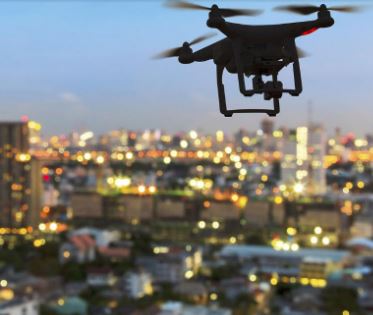Members of the European Parliament have approved an agreement reached between Council and Parliament negotiators in November 2017 on EU-wide principles for drones and drone operators to ensure a common level of safety and give operators and manufacturers the predictability to develop products and services. Currently most drones fall under differing national rules, which can hamper market development.
According to a European Parliament press release:
“Under new rules, drones would need to be designed so that they can be operated without putting people at risk. Based on risk related to, for example, the weight of the drone or area of operation, the drone would need additional features, such as automated landing in case the operator loses contact with the drone or collision avoidance systems. Drone operators need to be aware of all the rules that apply to them and must be able to operate a drone safely, without putting people or other airspace users at risk. This means that some drone operators would be required to go through training before they can operate a drone.
“To help identify the drone operators if there is an incident, operators of drones would need to be on national registers and their drones marked for identification. This would not apply to operators of the smallest drones. Based on the key principles, the EU Commission is tasked with developing more detailed EU-wide rules, such as maximum altitude and distance limits for drone flight, and which drone operations and drones would need to be certified based on the risk they pose. The rules would also determine which operators need additional training and to be registered and which drones would need to have additional safety features.”
In addition to laying down EU wide rules for drones, the changes update the EU safety legislation for the aviation sector to maintain the EU’s high level of aviation safety, while ensuring that the rules are more fit for purpose, more proportionate and risk-based to handle the expected increase in air traffic in the coming decades. Further changes boost cooperation between the EU’s aviation safety agency and national authorities when assessing risks in regard to flights over conflict zones. They also mandate the Commission to develop standards for downloading data from flight recorders in real time when an aircraft is in distress, to speed up emergency response.
The provisional agreement was approved with 558 votes in favour, 71 against and 48 abstentions. The rules now need to be approved by the EU ministers.




